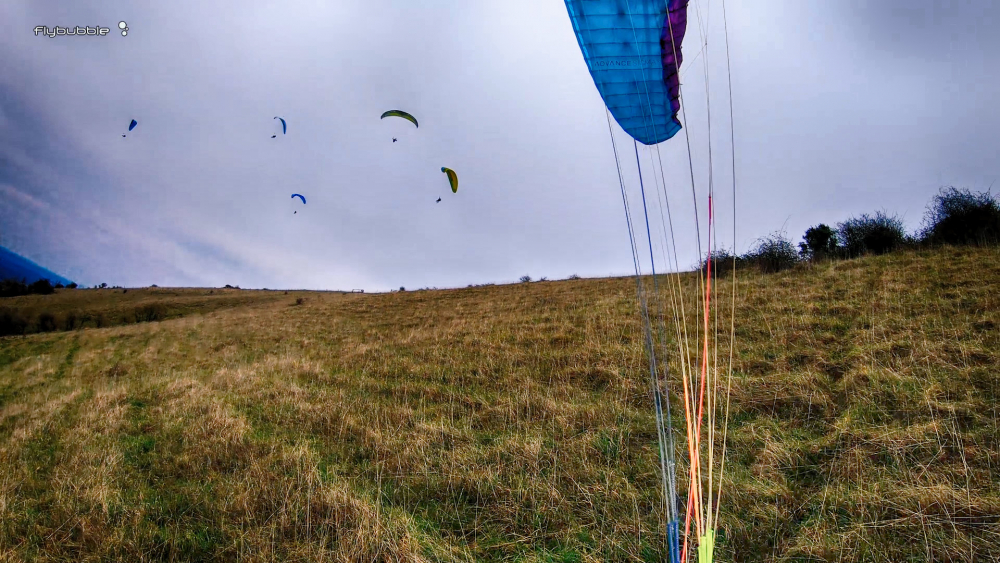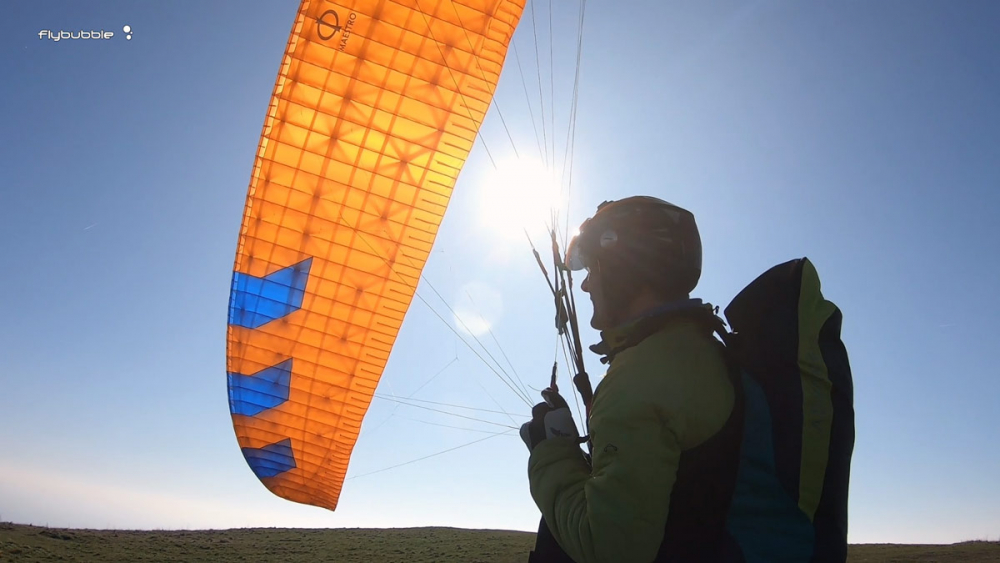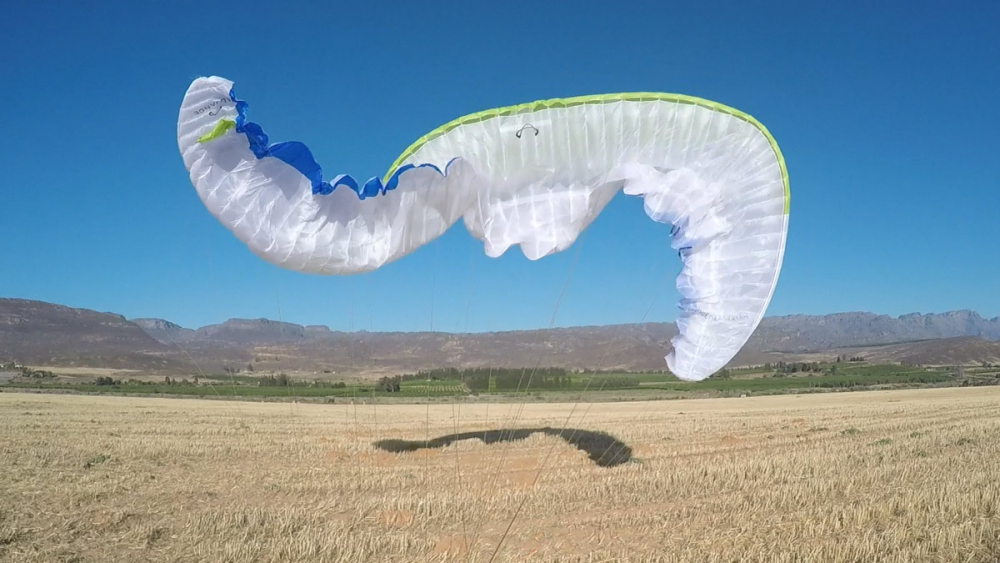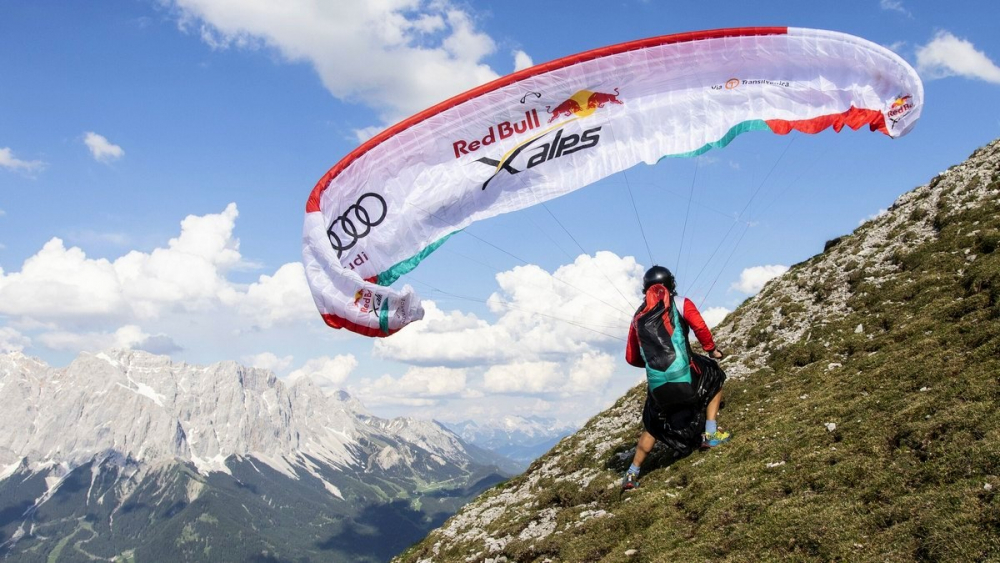paragliding safety
January 22, 2020
January 14, 2020
September 08, 2019
January 20, 2019
June 22, 2014
February 22, 2013






